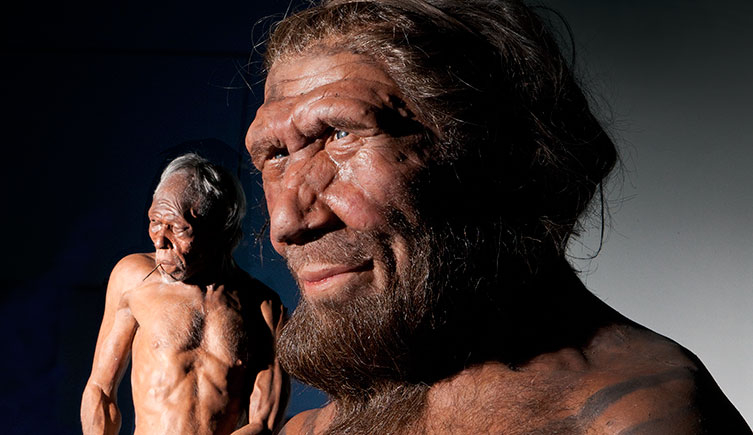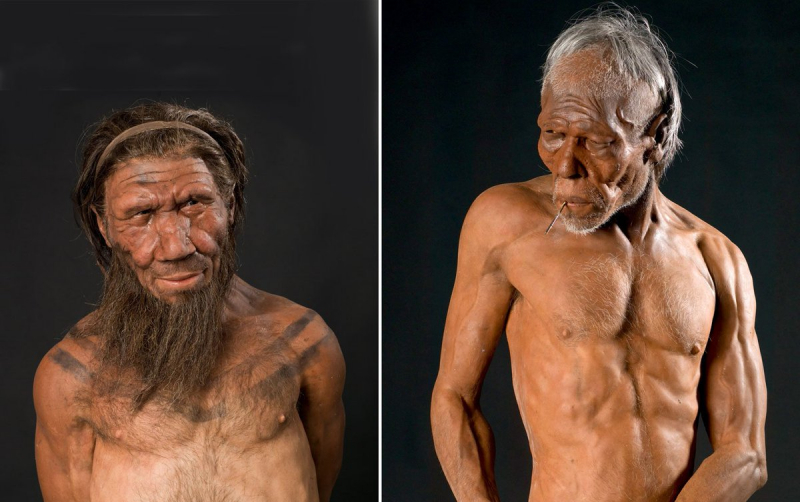Humans and Neanderthals Bred Quickly
More than 100,000 years ago, early modern people left Africa. In Eurasia, they would eventually come into contact with Neanderthals. The complete genome of Neanderthals was first sequenced in 2010. They found evidence supporting the theory that these two subgroups of the human species did indeed marry when they found that trace amounts of Neanderthal DNA persisted in modern humans.
Since the discovery was made in 2010, it has been further investigated, and the researchers discovered that while the inherited DNA is present in modern Europeans and Asians, it is absent in modern Africans. The first time this contact took place was between 50,000 and 65,000 years ago, according to a specific DNA analysis of a Romanian modern person who is 45,000 years old.
Although studies have demonstrated that mating took place, the precise mechanism is still up for debate. Only the primary source of interbreeding between Neanderthal men and modern women has been shown by evidence. That's not to say the opposite isn't conceivable, but it was less likely because children born to neanderthal mothers would have had a stronger neanderthal gene.












